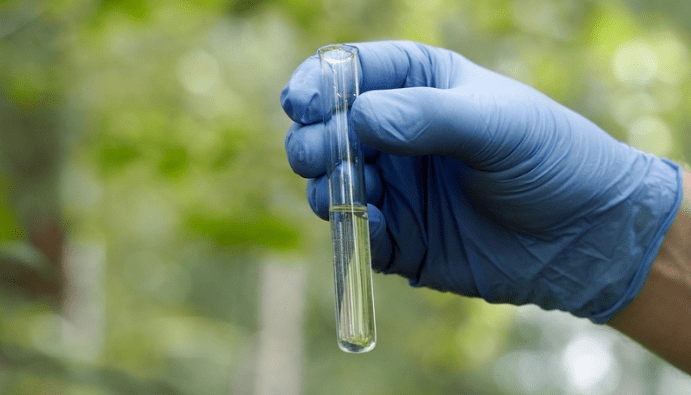EN ISO 5667-6: Sampling from Rivers and Streams
Sampling Standards for Rivers and Streams

EN ISO 5667-6
Water samples taken in rivers and streams within the scope of EN ISO 5667-6 standard are important for quality control and suitability for intended use by undergoing various analyzes and tests. The first point in sampling in rivers and streams is to determine the purpose of sampling. Samples can be taken from rivers and streams for chemical, physical or microbiological analysis. Preliminary work or measures to be taken are determined according to the purpose of sampling.
Standard Scope and Purpose
EN ISO 5667-6 covers the following objectives:
- Standardize Sampling Procedures: To ensure consistency and reproducibility of samples taken from rivers and streams.
- Water Quality Monitoring: Detection of pollution sources and assessment of the state of aquatic ecosystems.
- Environmental Management: Monitoring the impacts of agricultural, industrial or domestic wastewater.
- International Compliance: To ensure that international standards are applied in sampling procedures.
This standard is applicable to both small streams and large rivers.
Main Stages of the Sampling Process
1. Sampling Planning
A detailed plan should be created according to the purpose of sampling and the type of sample:
- Purpose of Sampling: Chemical analysis, biological monitoring or microbiological controls.
- Selection of Measurement Points: It is determined by considering factors such as the flow rate of the river, depth, distance to the pollution source.
2. Determination of Sampling Points
The standard recommends strategic selection of sampling points:
- Surface Sample: Taken from the water surface and is usually used for chemical analysis.
- Mid-Depth Sample: Taken from the water column, taking into account the flow velocity of the river and depth differences.
- Bottom Sample: It is taken at the site of the sediment and is often used for analysis of heavy metals or sediment-related contamination.
3. Sampling Methods
- Hand Sampling: Direct manual water sampling in small streams or easily accessible locations.
- Automatic Samplers: Used for continuous monitoring or where sampling is required at regular intervals.
- Bottom Sampling: Special equipment is used for analyzing ground water (e.g. Van Dorn bottles).
4. Sample Preservation and Transportation
- Samples should be preserved with different preservation methods depending on the type of analysis (for example, some samples should be transported in a cold environment or stabilized with certain chemicals).
- Samples should be delivered to the laboratory for analysis as soon as possible.
What is Sampling Equipment?
- Water Collection Bottles: Used for chemical and biological analysis.
- Filtering Equipment: Required for separation of particles in samples containing sediment.
- Flow Meters: Used to measure the flow rate of the river and support the selection of the sampling point.
- Automated Sampling Systems: Provides continuous or intermittent sampling over a specified time period.
Nanolab Laboratories Group continues to provide services within the scope of Water Analysis. We also provide services in Sea Water Analysis.
Contact us for more information.
You can follow us on LinkedIn for up-to-date news and posts about our services.
Follow our Instagram account to be informed about our latest blog posts.

